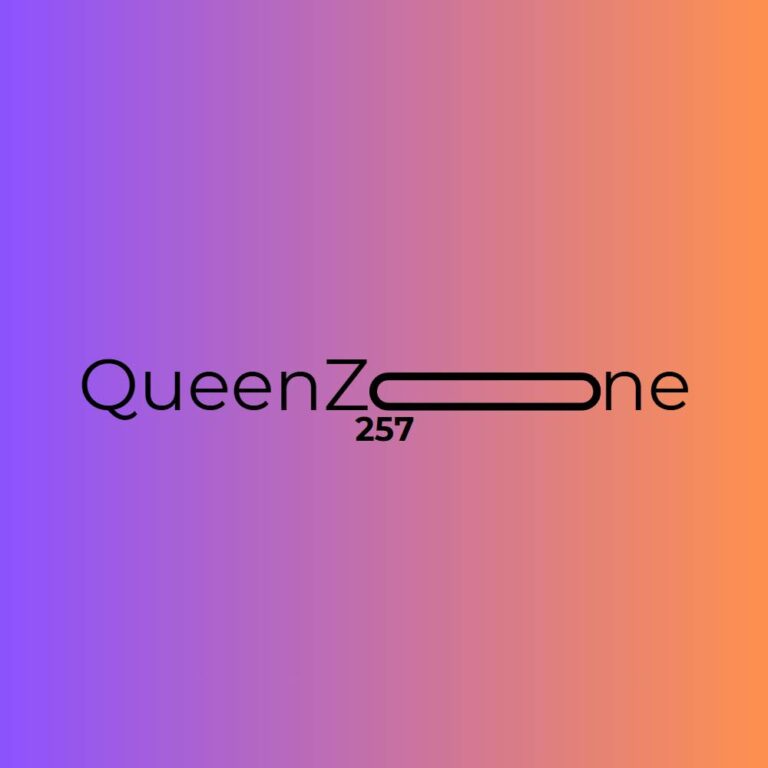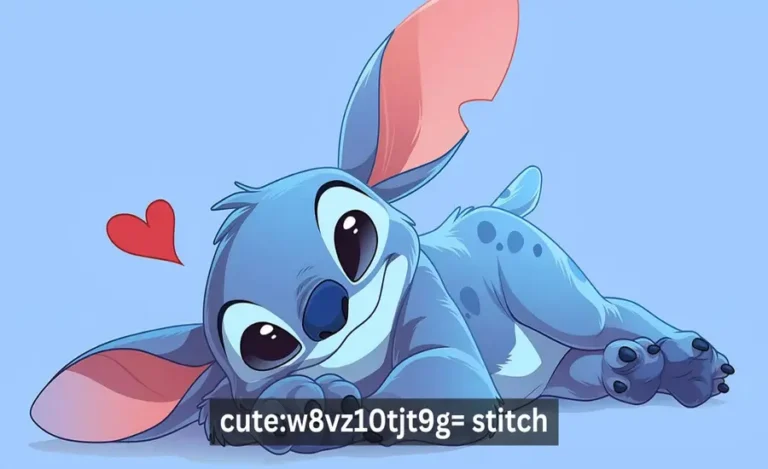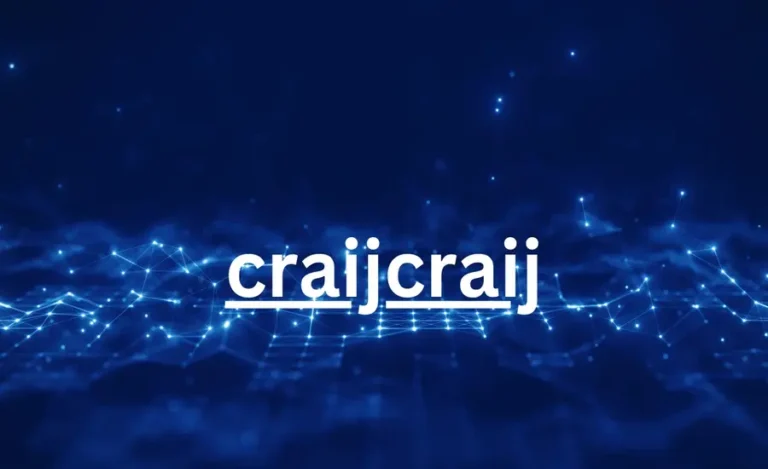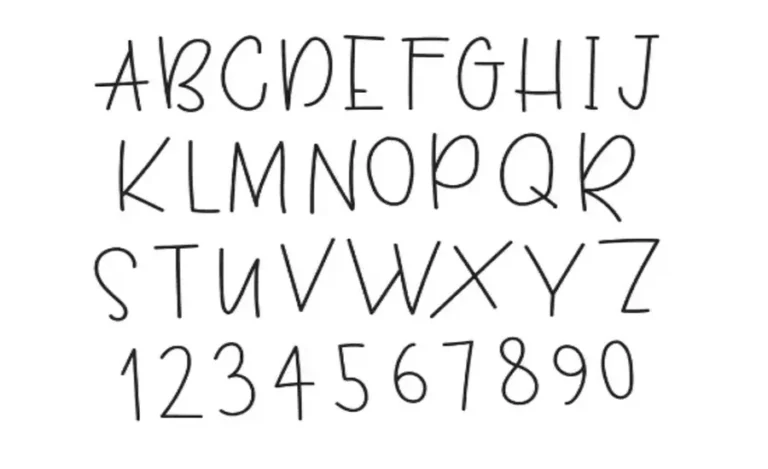What Does Meaning 1437 Mean? The Hidden Code Behind This Teen Slang
In the ever-evolving world of communication, where emojis, acronyms, and slang phrases continuously emerge, one term that has captured the attention of many is meaning of 1437. For those who aren’t well-versed in modern texting lingo, it might seem like just another random combination of numbers. However, this seemingly innocuous code has a deeper meaning that has intrigued both teenagers and adults alike. While it may appear to be a simple set of digits, 1437 represents a hidden message, one that has its roots in the language of love, friendship, and coded communication.
In this article, we will explore the origins of the 1437 code, its cultural significance, and how it has become a staple in digital conversations, especially among teenagers. We’ll also discuss the broader implications of using such codes and what they reveal about the way younger generations express themselves in the digital age.
The Origins of 1437
The origin of the meaning of 1437 can be traced back to a time when people relied on numeric shortcuts to express emotions or sentiments in text messages. To understand the meaning of 1437, it’s essential to break it down. Each number in the sequence corresponds to a letter, and each letter corresponds to a word. Let’s decode it:
- 1 represents “I”
- 4 represents “Love”
- 3 represents “You”
- 7 represents “Forever”
Therefore, 1437 translates to “I love you forever.” This coded phrase is a modern-day shorthand for expressing deep affection or lasting commitment in a succinct and creative way. The sequence gained popularity due to its compact nature, allowing people to convey powerful emotions with just a few keystrokes.
The Rise of Teen Slang and Digital Communication
The popularity of 1437 is just one example of how teen slang has evolved in the digital age. The widespread use of texting, social media, and online communication platforms has given birth to an entire lexicon of abbreviations, symbols, and codes designed to convey meaning quickly and effectively. In many cases, these codes allow for the expression of emotions or ideas in a way that is both playful and efficient.
The need for shorthand communication can be traced to the early days of the internet and texting, where character limits (such as on platforms like Twitter or early SMS messaging) encouraged people to condense their thoughts. As social media grew, teens and young adults began developing their own codes to distinguish their in-group language, making it a form of digital identity and a way to maintain privacy or exclusivity within their social circles.
In this context, 1437 fits perfectly as a part of a long tradition of creating secret codes and language that can be quickly shared among peers. Just like previous generations created acronyms like “LOL” (Laugh Out Loud) or “BRB” (Be Right Back), today’s teens are continually innovating new ways to communicate, with 1437 being a prime example.
Why 1437 Became Popular Among Teens
Several factors contributed to the popularity of 1437 among teenagers. One of the main reasons is its simplicity and emotional depth. While the phrase “I love you forever” might seem long in a traditional letter or conversation, the code condenses these words into a quick and efficient string of digits. It’s perfect for expressing strong affection in a brief and modern way, which is crucial in a world where digital communication is often fast-paced.
Another reason why 1437 became so widely adopted is that it allows teens to express their feelings without the potential awkwardness that might come with a more direct declaration. Saying “I love you forever” can be a big step in a relationship, and for some, the meaning of 1437 provides a less intimidating alternative. It’s a way to communicate deep affection while maintaining the lighthearted and informal tone that is characteristic of teenage conversations.
Additionally, using numbers to represent words makes the message feel more like an inside joke or secret code. This aspect of exclusivity is appealing to teenagers who often seek ways to establish a unique identity and bond with their peers through shared experiences. The use of 1437 becomes a marker of belonging, a subtle way of saying, “This is how we speak,” while still conveying significant meaning.
The Role of Emojis and Other Codes in Teen Communication
The adoption of shorthand codes like 1437 is part of a broader trend in the digital language of teens. Emojis, GIFs, and even other number-based codes have become integral to the way young people communicate. Emojis, in particular, are used to add emotional depth, context, and humor to text messages. For instance, a simple smiley face or a heart emoji can reinforce the sentiment behind a message, making it more personalized and emotionally resonant.
In fact, teens often use a combination of emojis and codes like 1437 to craft more nuanced messages. For example, pairing 1437 with a red heart emoji can intensify the expression of love, while a wink emoji might soften the sentiment, turning it into a playful or flirtatious message. This hybrid form of communication — a blend of words, numbers, and visual symbols — has become a hallmark of teen interaction in the digital world.
Furthermore, other number-based codes are used in similar ways. For instance, 459 is another shorthand that means “I love you very much,” while 143 itself can simply stand for “I love you.” These codes often vary by region, community, or even friendship group, highlighting the adaptability and fluidity of modern communication.
1437 in the Context of Digital Privacy
In a world where online interactions are often publicly visible, the use of codes like 1437 can also serve as a form of privacy. Teenagers, in particular, are aware of the potential for their personal conversations to be intercepted or read by others, whether that be by parents, teachers, or even peers. By using numbers, acronyms, or coded language, they can communicate with a sense of security, knowing that the meaning may not be immediately apparent to outsiders.
This desire for privacy is also reflected in the wider trend of encrypted messaging apps. Platforms like WhatsApp, Signal, and Telegram emphasize the importance of secure, private conversations. Even within these spaces, though, the use of shorthand codes and abbreviations remains prevalent, serving as a personal and subtle form of communication within a controlled environment.
The Psychological Impact of Using Slang Codes Like 1437
Using codes like 1437 has a psychological impact on those who employ them. For one, it can create a sense of intimacy between the sender and receiver. When you send someone “1437,” you are not just using a code; you’re sharing a special, secret language that can only be understood by those in the know. This fosters a deeper emotional connection and reinforces the bond between the two individuals involved.
Additionally, because these codes are often used in romantic relationships or close friendships, they can play a role in reinforcing positive self-esteem. Teenagers who use 1437 may feel a sense of validation, as their communication is being recognized as meaningful and significant. On the flip side, the use of such codes can also lead to misunderstandings if the recipient is unfamiliar with the meaning or context, but overall, they help facilitate connection in a way that words alone might not.
Is 1437 Still Relevant Today?
As with all slang, the popularity of certain codes tends to fluctuate over time. New trends emerge, and older ones fall into obscurity. While 1437 enjoyed widespread use among teens in the 2000s and early 2010s, its relevance today may have decreased somewhat, as newer codes and slang have taken its place. That being said, 1437 still holds sentimental value for many, especially those who grew up using it.
Additionally, as digital communication continues to evolve, the concept of shorthand and coded language will remain. While 1437 may not be as widely used as it once was, the underlying desire for quick, meaningful communication persists. Newer generations may adopt their own codes, but the practice of using numbers and symbols to convey emotions will continue to be an integral part of digital conversations.
Conclusion
The meaning of 1437 may seem like a simple set of digits, but it holds a deeper significance for those who are familiar with its meaning. It represents an entire culture of shorthand communication, where affection, love, and intimacy can be conveyed through a few simple numbers. As part of a larger trend in teen slang and digital language, 1437 highlights the creative ways in which young people express themselves in the digital age. Whether it remains relevant for years to come or is replaced by new codes, 1437 has undoubtedly made its mark as a symbol of digital affection, conveying love and commitment in a succinct, playful manner.






